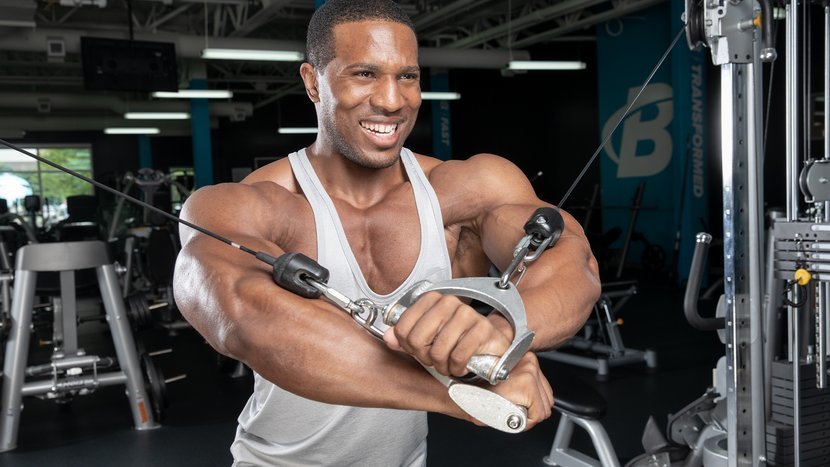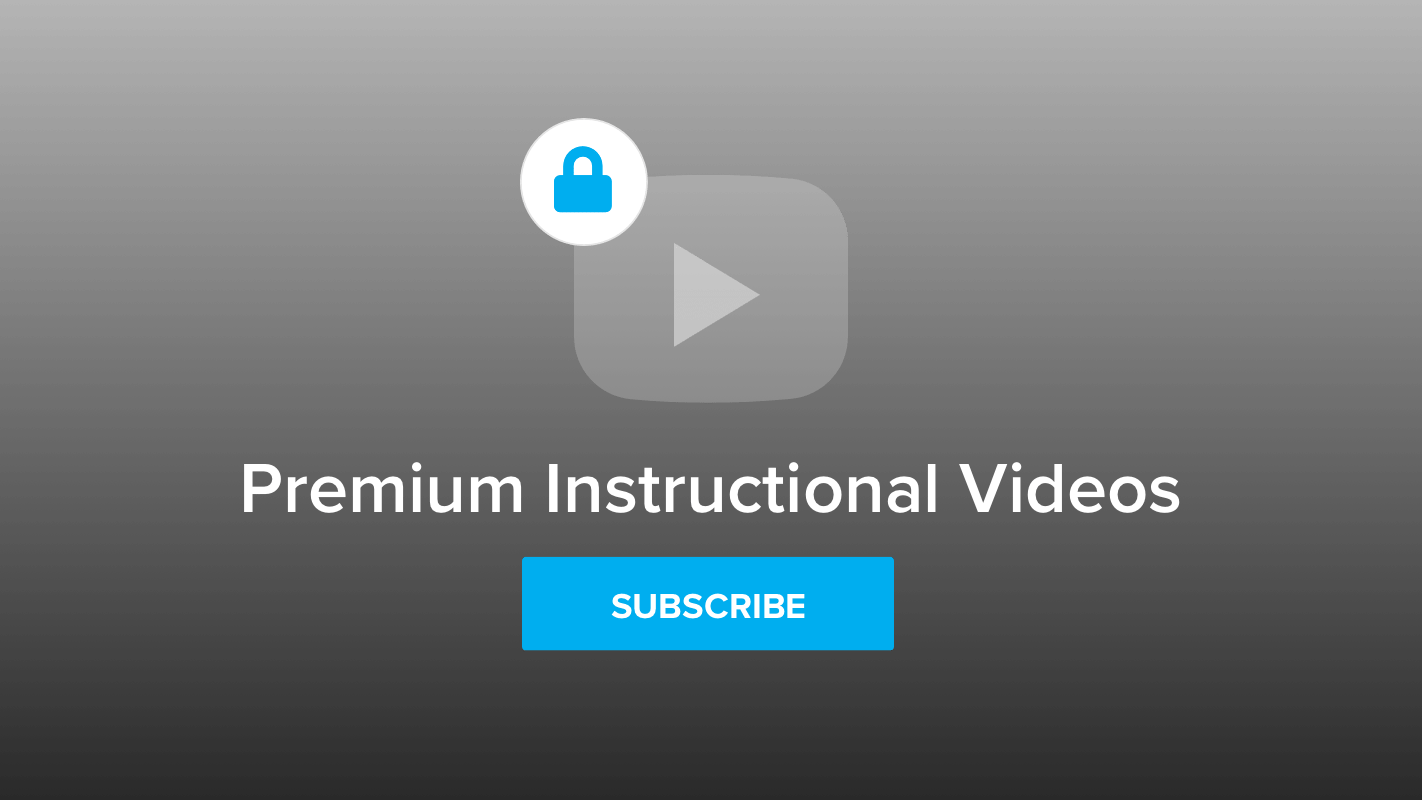Osamoje Imoohi, certified personal trainer and MusclePharm-sponsored athlete, is here to take you through his favorite exercises for building a big, strong back.
"The objective of today's workout is to build a wide and thick back," explains Imoohi. "To do that, you'll need to do a lot of reps, and a lot of sets."
This workout takes only 60 minutes or so to complete, and your rest and recovery between sets is 45-65 seconds.
Let's get after it!
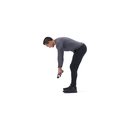
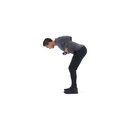

BodyFit
$6.99/month- 2,500+ expert-created single workouts
- 3,500+ how-to exercise videos
- Detailed workout instruction
- Step-by-step workout tips
- Training at gym or at home
- Access to Workout Plans
- Access to Bodyfit App
- Store Discounts
Already have a Bodybuilding.com account with BodyFit? Sign In

What comes with BodyFit?

- Instructional Videos
Don't risk doing a workout improperly! Avoid injury and keep your form in check with in-depth instructional videos.

- How-to Images
View our enormous library of workout photos and see exactly how each exercise should be done before you give it a shot.

- Step-by-Step Instructions
Quickly read through our step-by-step directions to ensure you're doing each workout correctly the first time, every time.
Technique Tips
Wide-Grip Bent-Over Barbell Row
"This first exercise is probably the most taxing on the central nervous system, so I like to get it out of the way," explains Imoohi. The bent-over row is great for developing size and especially thickness in the back. With all pulling exercises, it's important to lift with your back and not your arms to get the greatest benefit.
While doing this exercise, it's very important that there's no arch in the lower back. Arching could compromise the spine and lead to injury. To avoid this possibility, bend forward from the hips while maintaining a neutral spine to get into your rowing position.
Wide-Grip Weighted Pull-Up
With the wide grip, the primary focus of this exercise is going to be the lats.
"I love working my lats," says Imoohi, "because it helps give the illusion of a smaller waist."
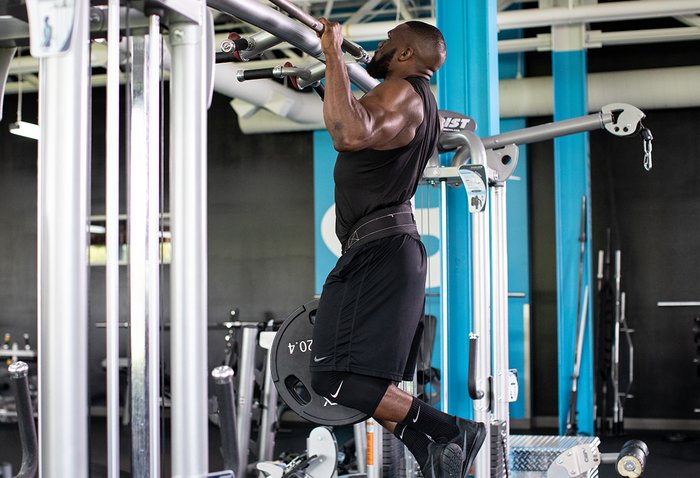
He has a simple form tip to help you activate the correct muscle: As you begin the pull-up, bring your elbows to your ribs.
You always want to use the appropriate weight for the rep range, so as the reps decrease, you'll need to progressively increase the weight. Use a weight belt or hold a dumbbell between your feet to add weight to your pull-ups. If you already struggle with pull-ups, use a heavier band to help you on the first 2 sets, then switch to a lighter band or no band as the reps drop.
Seated Cable Row
So far in this workout you've pulled from the ground and you've pulled vertically. Now you're going to do a horizontal pull, the seated cable row. With this exercise, it's best to avoid leaning too far forward or too far back. Ideally, you want to maintain a nice, neutral spine, with a slight bend in the knees. As you pull, focus on retracting your shoulder blades. The goal of a seated row is to target the rhomboids, traps, and the whole middle of the back.
"The back is a very large muscle group, explains Imoohi. "So, I like to attack it from as many angles as possible."
Since this is a compound movement, the biceps will also get a little bit of work, but the primary focus is back, so try to move the weight with that body part.
Straight-Arm Pull-Down
Up until this point, most of the exercises have been compound movements. Now it's time to do some detail work with the straight-arm lat pull-down. As Imoohi will tell you, this move really carves out those lats!
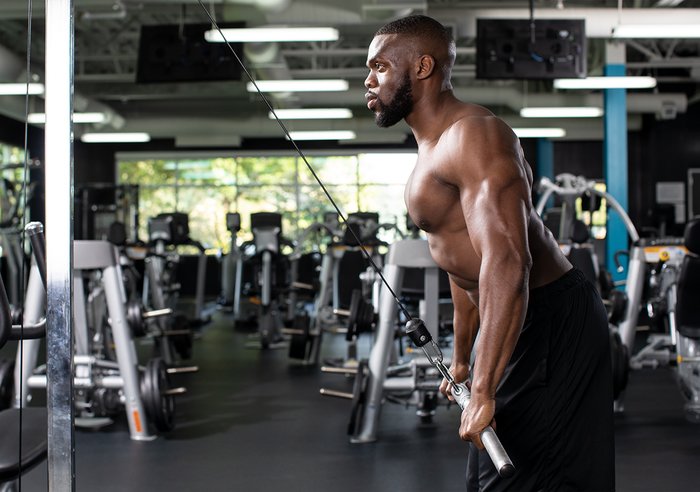
Grab the bar with your arms as straight as possible. Take a step back and tilt slightly forward from the hips about 30 degrees. Using your back to move the weight, hinge at the shoulder and pull the bar to the base of your thighs. Keep your core engaged the entire time.
"When executing this move, your elbows and hips should not move," warns Imoohi. "The shoulder joint should be the only pivot point."
Pull-Up
You'll finish this workout with non-weighted pull-ups.
"Up to this point, you've done a lot of reps and a lot of sets," explains Imoohi. "Your back should be completely taxed, so it's unnecessary to use weights on this exercise."
Instead of 4 sets of descending reps, you'll do only 3 sets. Go to failure each time. This means you'll be doing pull-ups until you physically cannot do anymore. Once you reach the end of each set and you can no longer do another rep, you'll do what's called a negative rep. The negative focuses on the lowering phase of the exercise, so even though you can't physically pull yourself up, you can still focus on the eccentric portion of the movement to build strength.
If you're looking to build a bigger back, I'd recommend doing this workout twice a week—maybe once at the beginning of your workout split and then again at the end of your split. Pair this with Imoohi's High-Volume Chest Workout to complete your upper-body training.


